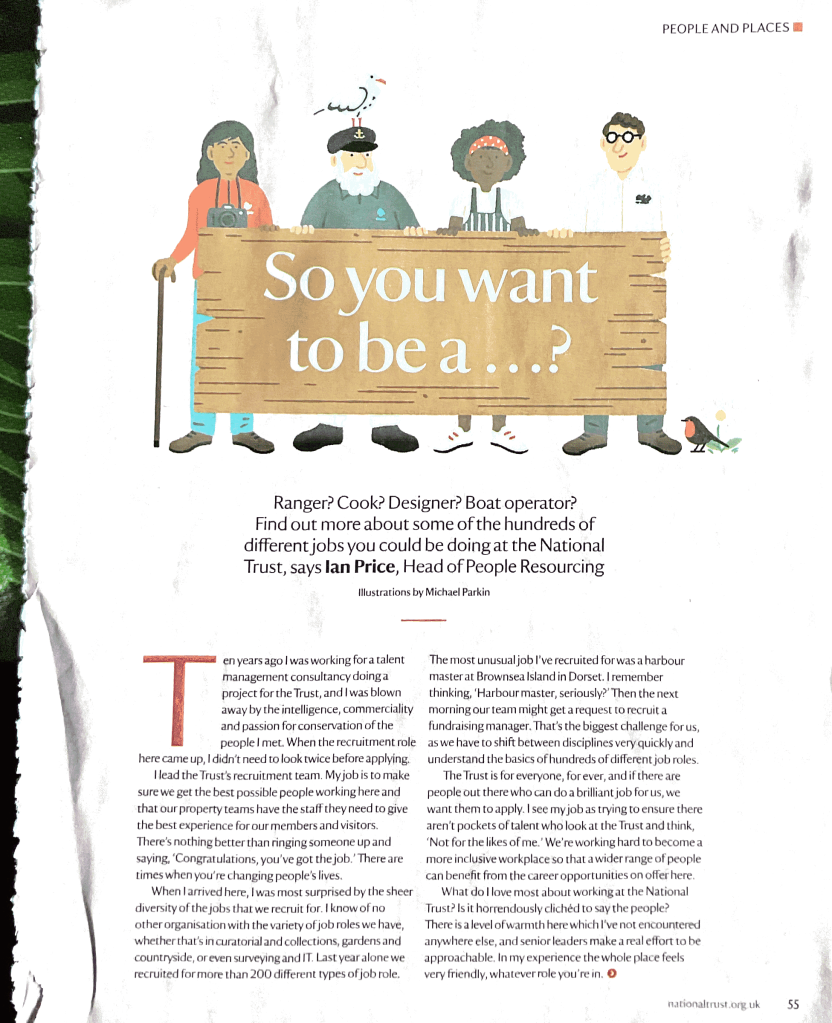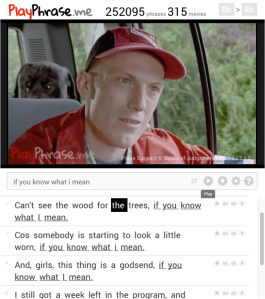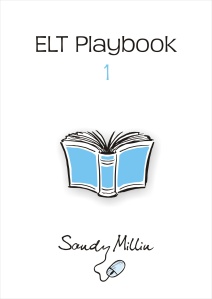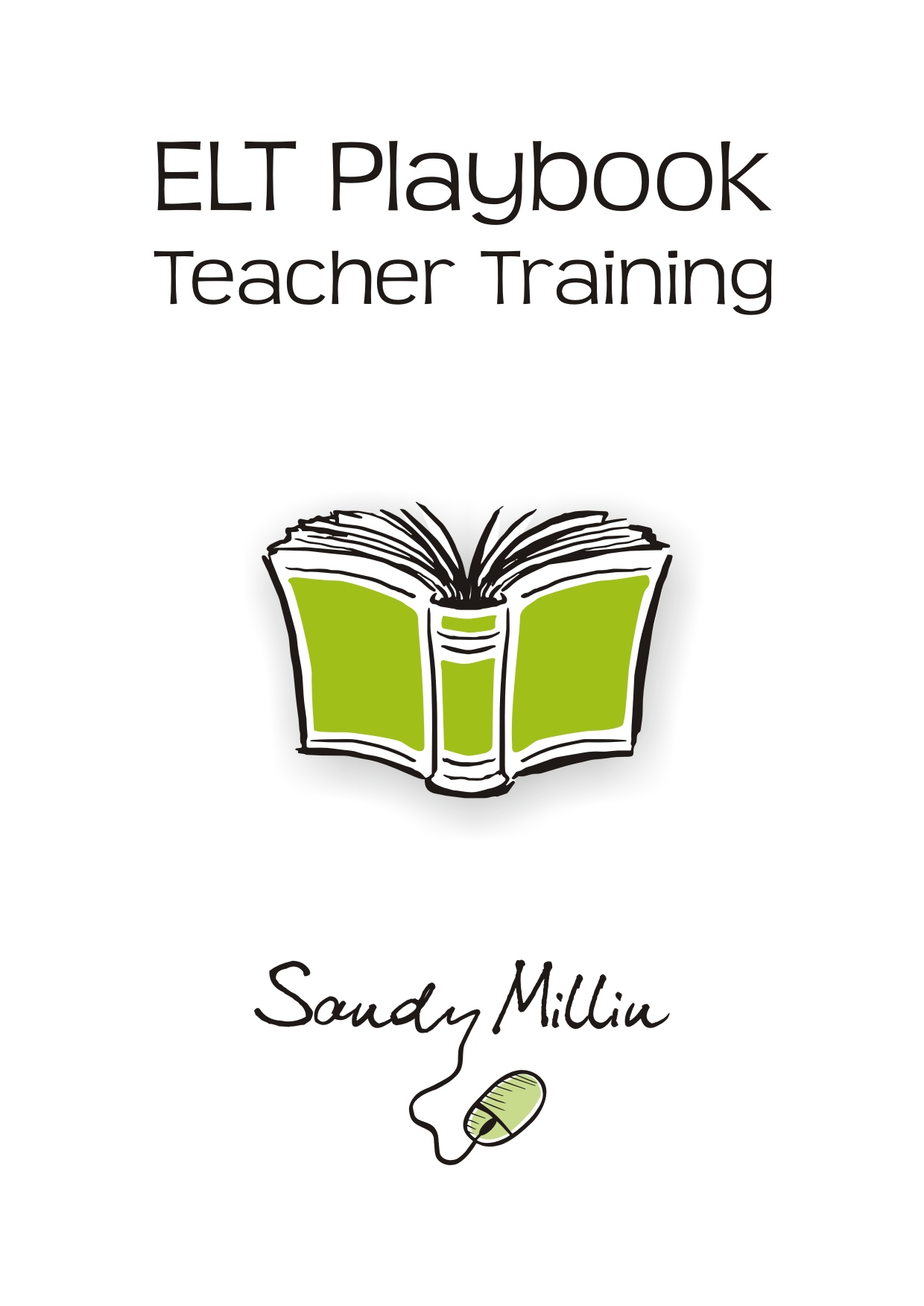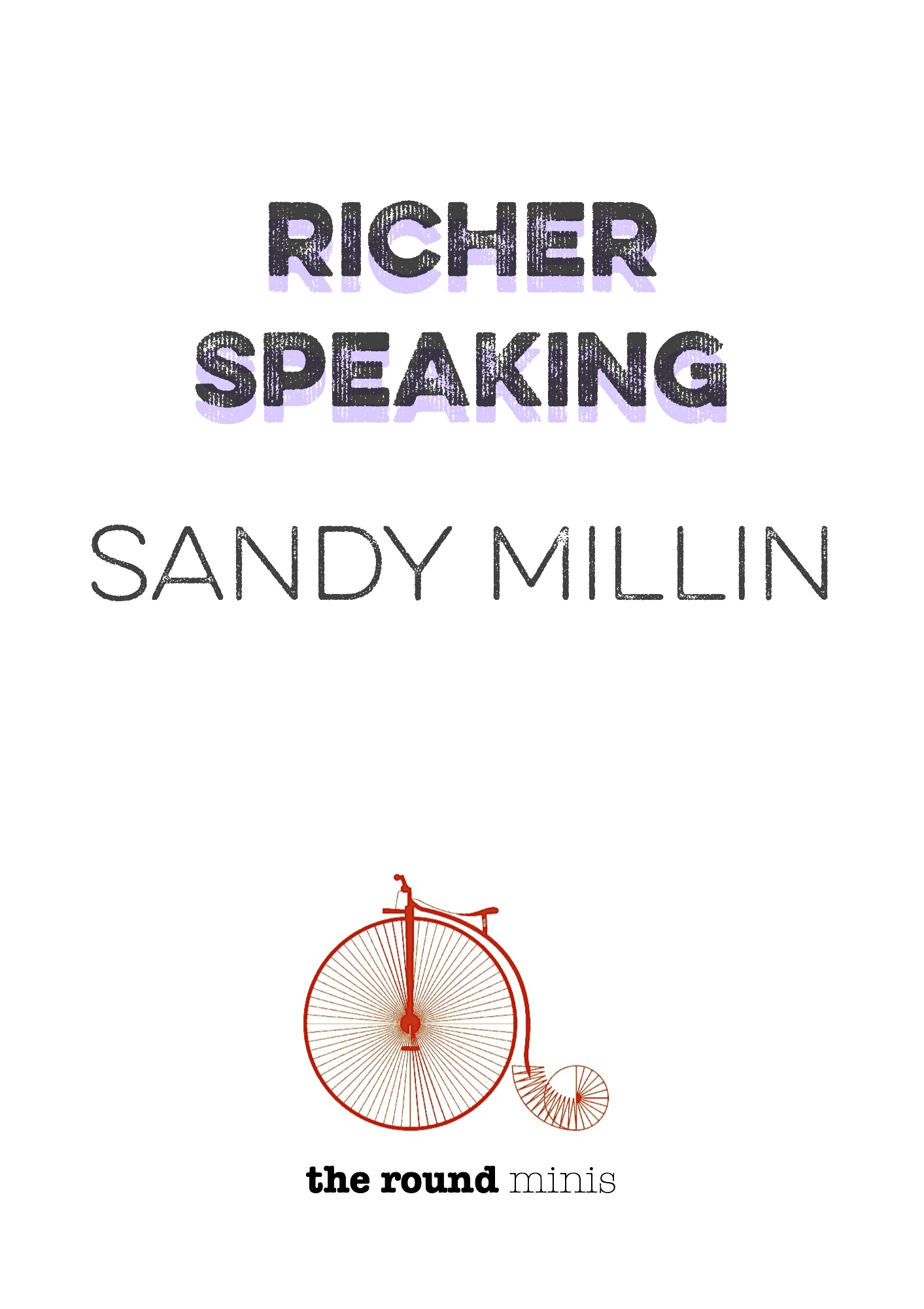I’ve just finished reading Meet Me at the Museum by Anne Youngson, a really beautiful short novel, made up of the letters between Tina in England and Anders in Denmark. They share their memories of and reflections on their lives, their families, love, and so much more.
About halfway through the book, Anders describes his house. He mentions Birgitt, his wife. I thought it would be excellent for use in the classroom, if you can’t find a way to use the whole book (definitely accessible for learners from upper intermediate and above, possibly intermediate).
Let me describe my house.
It was built within the last forty years and is a simple design. The rooms are large and there few of them. On the ground floor, just the kitchen and a living space and a dining space. Upstairs, bedrooms and bathrooms. All the walls are white. I have no curtains, only blinds. In the living space there is a large, soft sofa facing a stove, and also some firmer chairs shaped like eggs. This is a standard Danish design. The lights are dramatic. The main light is also a standard Danish design. Many of the houses I go into have the same one, like an inverted flower opening its pertals. There are floor lamps that make me think of willow trees, bending over to let light fall in a pool around themselves. (I read back what I have just written and I have used nature to describe what is in fact completely unnatural.) The floor is wooden and there are rugs. In the dining space is a black wood table, black wood chairs. On a stretch of wall under the staircase I have my desk facing the wall, where I am writing this. There is a bookcase, a low table and another piece of furniture where things are kept out of sight. I don’t know what you would call it. All this is pleasant and restful and could be any of my neighbours’ houses as well as my own. On the surfaces, on the bookcase and the windowsills and other pieces of furniture, are one or two photographs, which is also usual, I think. Otherwise, there is what Birgitt chose to keep, out of the things she picked up, and bring into the house and display. Everything else I have described was chosen by me.
- Meet Me at the Museum by Anne Youngson, p111-112, Transworld, 2018
What could you do with this book excerpt in your classroom? You can make any assumptions you like about the context it is used in. Post your ideas in the comments below. All ideas are welcome (there are no wrong answers!)
Click here to find out the idea behind this blog. Click here for an Amazon affiliate link if you’d like to buy the book and support me with a few pennies.
